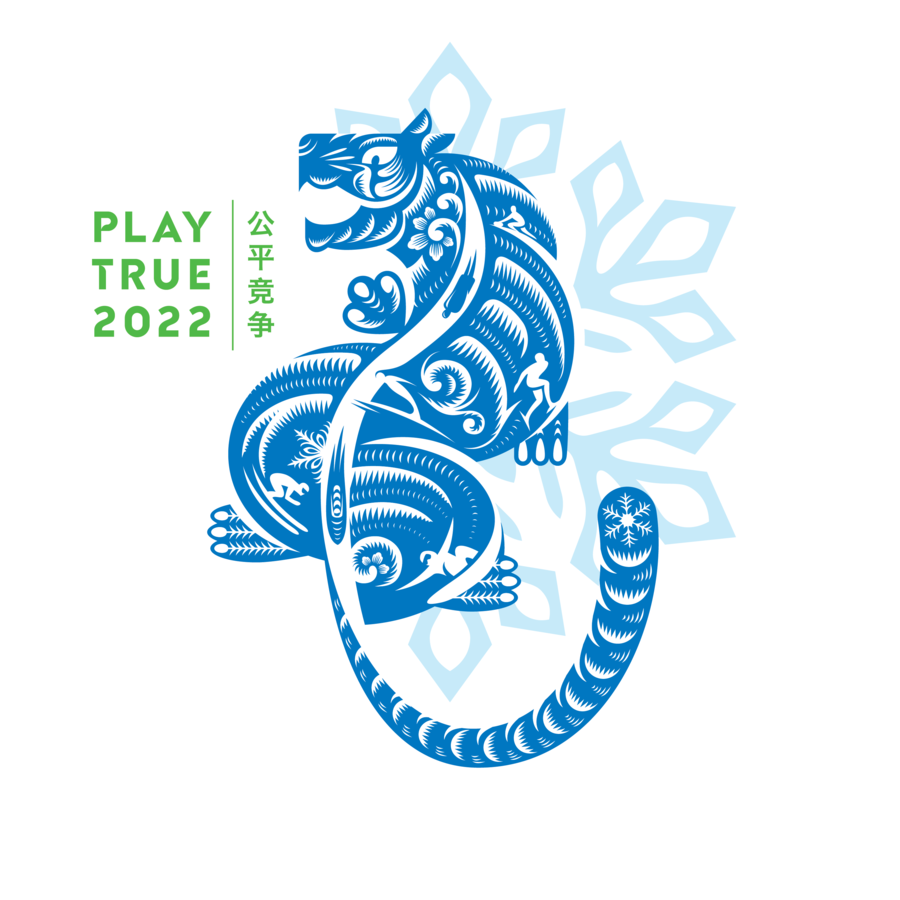Releases
WADA raises awareness of doping-free sport during 2022 Beijing Games
Athletes and others are encouraged to share what ‘Play True’ means to them on social media

The World Anti-Doping Agency’s (WADA’s) Athlete Programs are represented in the three Athlete Villages of the 2022 Beijing Games through a visual design that is inspired by the location and timing of the Games.
Due to COVID-19 restrictions, similar to the 2020 Tokyo Games, WADA is not able to operate its traditional Athlete Outreach Program in Beijing.
Stacy Spletzer-Jegen, WADA’s Senior Manager, Athlete Engagement said: “Since 2001, WADA’s Athlete Outreach Program has been on-hand during the Olympic and Paralympic Games, and other Major Events, to raise awareness amongst athletes and their entourage about doping-free sport; and, to engage them more as part of the solution.”
“While these important face-to-face interactions will not be possible again on this occasion, we are pleased that WADA’s Athlete Engagement activities will be represented through a visual design in the Athlete Villages (view animation), which will encourage athletes and others on site to share what Play True means to them via their social media platforms.”
WADA will be present in this way along with one of its partners in Clean Sport, the International Testing Agency, which is leading an independent anti-doping program for the Olympic Games on behalf of the International Olympic Committee.
Meaning of WADA’s 2022 Beijing Games design
The Beijing 2022 Winter Olympic and Paralympic Games coincide with the Chinese New Year—China’s most important celebration of cultural and historic significance.
2022 is the ‘Year of the Tiger’ and according to Chinese astrology, those born during this year are courageous and active. They also love a challenge and no matter how many difficulties or obstacles they face, they never give up.
In WADA’s design created for these Games, the characteristics of the tiger are projected through Chinese paper cutout that originates from the 6th century to depict the spirit of sport. The tiger is facing north, leading toward success. Its body depicts the rolling mountains, ice rinks and sporting venues of the Games…carrying with it the hopes, dreams and accomplishments of athletes that will ethically pursue human excellence through dedicated perfection of their natural talents.

